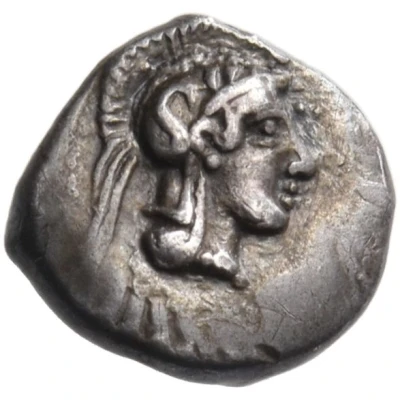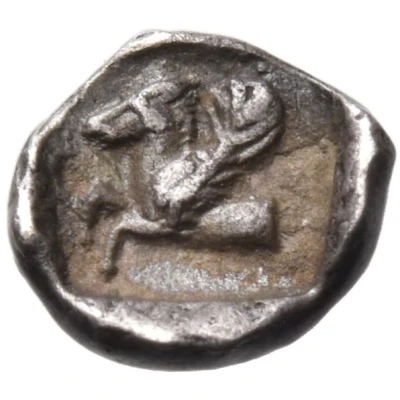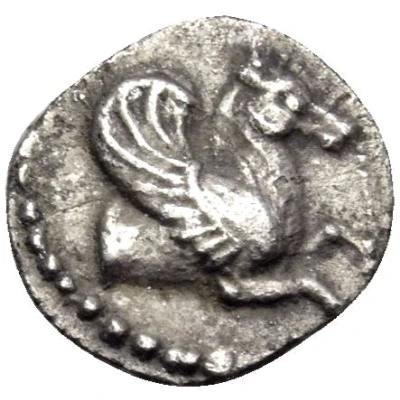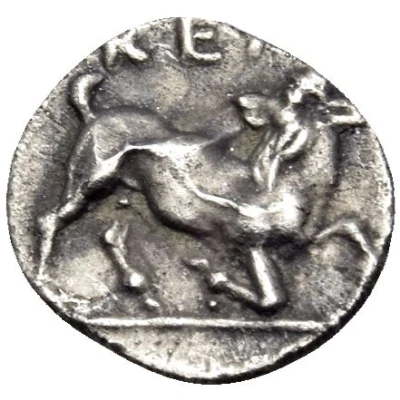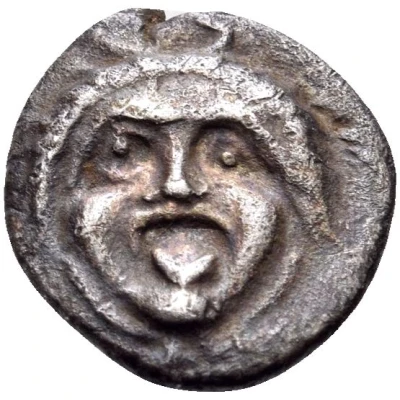
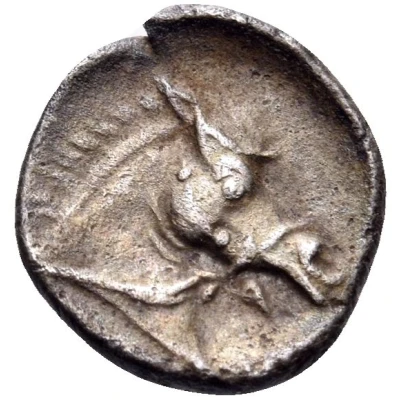

© Nomos AG
Hemiobol 425 BC - 400 BC
| Silver | 0.44 g | 9 mm |
| Issuer | Kelenderis (Cilicia) |
|---|---|
| Type | Standard circulation coin |
| Years | 425 BC - 400 BC |
| Value | Hemiobol (1⁄12) |
| Currency | Drachm |
| Composition | Silver |
| Weight | 0.44 g |
| Diameter | 9 mm |
| Shape | Round (irregular) |
| Technique | Hammered |
| Orientation | Variable alignment ↺ |
| Demonetized | Yes |
| Updated | 2024-10-10 |
| Numista | N#420652 |
|---|---|
| Rarity index | 97% |
Reverse
Head of a bridled horse to right.
Comment
Unpublished.
Interesting fact
The Hemiobol coin from Kelenderis (Cilicia) was used as a form of currency in the ancient Greek world, specifically in the city of Kelenderis, which was located in the region of Cilicia (now modern-day Turkey). The coin was made of silver and weighed approximately 0.44 grams, which was a relatively small weight for a coin at that time. Despite its small size, the Hemiobol was an important coin in the ancient Greek economy, as it was used for everyday transactions and was a symbol of the city's wealth and prosperity.
